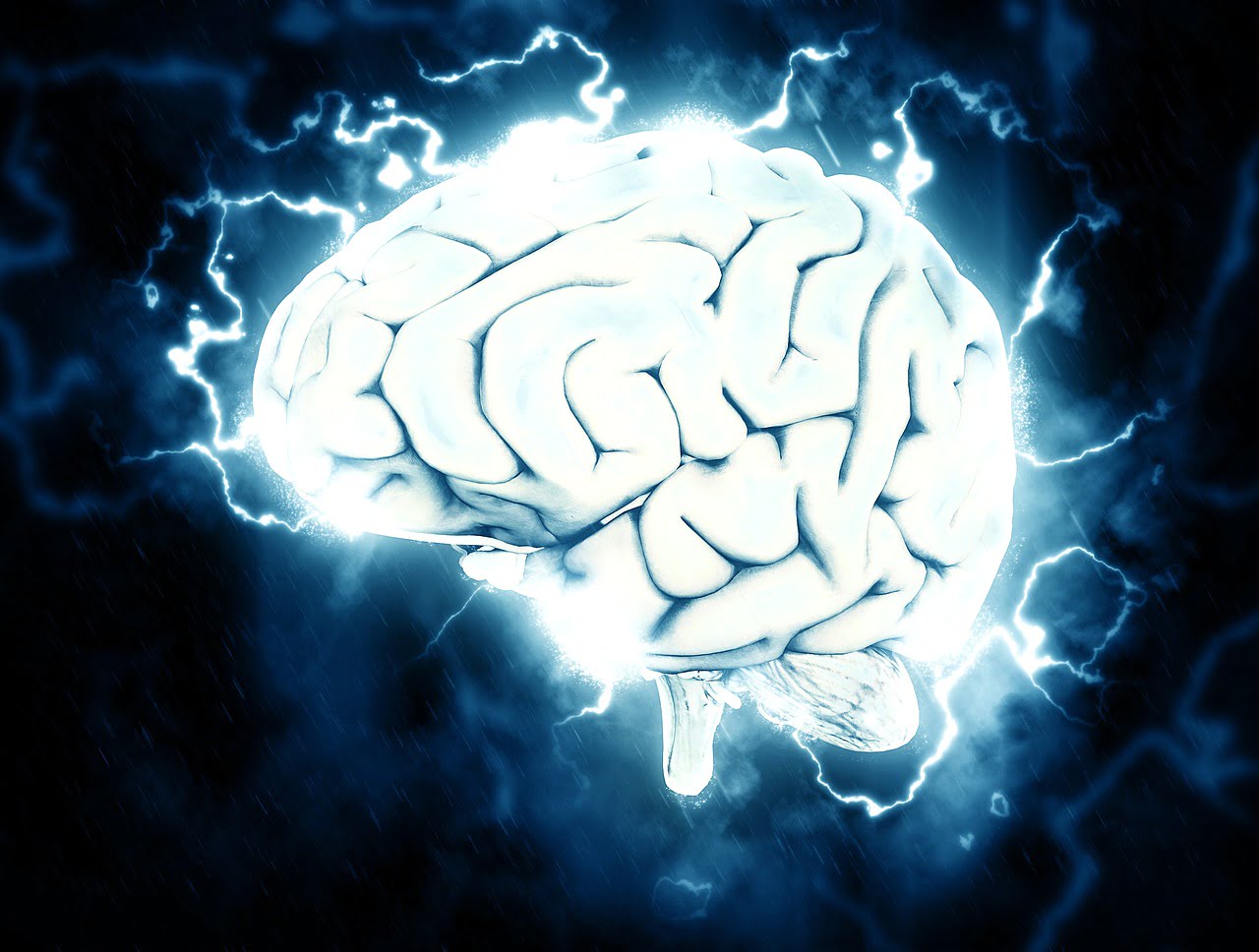Researchers at the Hebrew University of Jerusalem claim to have broken new ground in the field, and have published their work in the Nature Nanotechnology journal. The group is made up of scientists from the U.S., Spain, Italy, Cyprus and Denmark, who say that they have shown that DNA molecules can carry electric current.
If nano-circuits are developed it would allow for electricity and electronics to be used at a fraction of their current scale. Until now it as not been possible to produce or measure the electrical current moving through DNA molecules. Previous research in the field used different DNA molecules in wildly varied experiments, which made it impossible to compare results.
Encouraging findings: Reproducing significant current moving through DNA
In this latest study the scientists were able to both measure and reproduce significant current moving through DNA, with the study specifying that currents over 100 picoamperes were detected traveling over 100 nanometers.
Professor Danny Porath, of the Hebrew University of Jerusalem, has since said that the findings could enable the implementation of “DNA-based programmable circuits for molecular electronics, a new generation of computer circuits that can be more sophisticated, cheaper and simpler to make.”
More work to be done
Obviously a lot of work remains before complex, working nano-circuitry becomes a reality, but the study represents an encouraging step in the effort to build smaller and cheaper electronics. One worry is the possibility of DNA circuits shorting while undertaking intense processing tasks, but the researchers are optimistic on their chances of making it work.
The European Commission supported the project, which was undertaken by the Institute for Advanced Studies at the Hebrew University of Jerusalem, the Italian Institute of Technology project, the National Science Foundation, the Binational Science Foundation and the Minerva Center for Bio-Hybrid complex systems.
Following the progress in reducing the size of data storage in recent years, it sounds as though we could be looking at the miniaturization of circuitry itself in the not too distant future.





